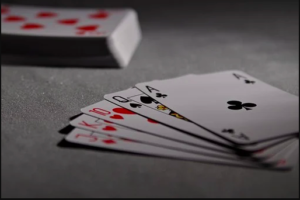
How do you lose weight? This is a question that many people ask themselves, and the answer can be quite complicated. There are many different health and fitness tips out there to help get your goal of losing weight. The key is finding what works for you! This article will discuss five keys to losing weight (weight loss tips). Dr Ryan Shelton will go over how each tip has helped someone else lose weight in their own lives and then give actionable steps on how they can apply it in their own lives too!
Find a Workout Routine that you Enjoy and Commit to It
One of the best ways to start your weight loss journey is to find a workout routine that you enjoy and commit to. If you dread going to the gym, you will likely not stick with it for very long. Try out different workouts until you find one that feels like fun, and make sure to schedule it into your day to become a habit!
Cut Out Processed Foods from Your Diet
Processed foods are often loaded with sugar, unhealthy fats, and chemicals that can harm your health. To lose weight, it’s important to cut these types of foods out of your diet and replace them with healthy alternatives instead. This doesn’t mean that you can never have a cheat day, but instead that you should work to gradually reduce the number of processed foods in your diet and replace them with nutrient-dense options.
Drink Plenty of Water Throughout the Day
Water is essential for optimal health – it helps keep our bodies hydrated and functioning well to lose weight! Make sure to drink at least half your body weight in ounces every single day (so if you weigh 150 pounds, then try drinking 75 ounces). Adding fruits or vegetables into water will make it extra nutritious as well.
Eat Small, Frequent Meals Instead of Skipping Breakfast or Dinner
For many people trying to lose weight, breakfast becomes an afterthought due to a lack of time during their morning routine. While some people don’t feel hungry first thing in the morning, it is important to eat something as soon as possible, so your body has fuel throughout the day. Eating every three hours or so will help keep blood sugar levels stable and give your metabolism a boost.
Get Enough Sleep Each Night
One of the most important things we need each night is sleep! For optimal health and weight loss results, ensure that you get between seven and nine hours of sleep each night (and no less than six). If this becomes difficult due to work or other commitments during the weekdays, try taking a nap on Saturday afternoons instead. This way, you still get enough rest but aren’t sleeping through an entire day!
It can be challenging to lose weight, but not impossible. With the right mindset and dedication, you can reach your goals for a healthy body with few obstacles along the way. Consider these five steps as you pursue weight loss; they will help make it easier on yourself! Please share this article with others who may find themselves in need of some encouragement or new ideas on achieving their goal of a healthier lifestyle.






